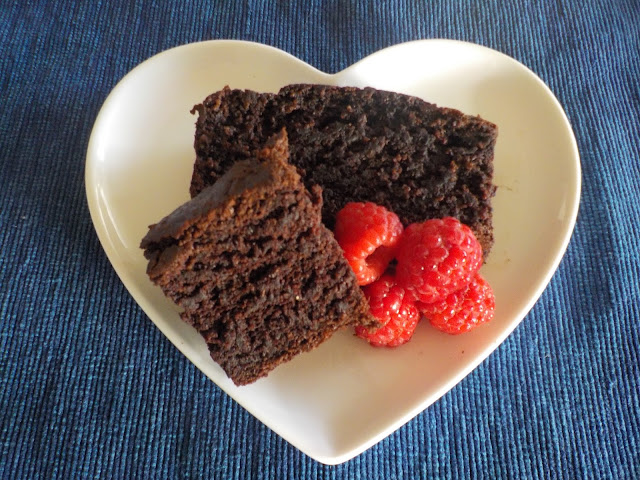I have several gardening books from which I take barrow loads of inspiration and snippets of advice. The one book I favour though is smaller than all the others, has no glossy photographs and was not written by a celebrity gardener but the information within its pages is specific to the cottage style of gardening I love and to the area in which I am growing my garden.
My favourite gardening book.
In a Brisbane Cottage Garden by Denise Horchner is a little book with big lists. Lists of hundreds of plants that Denise and her husband Henk (whom she affectionately nicknames "The Treasure") have grown successfully in their own cottage garden in a suburb not very far from where I live. There's lists for specific colours, different aspects, tricky spots, seasonal flowering, and my personal favourite, Plants for the Rotten Gardener! So, when I'm working on an area in our garden, and thinking about what might possibly grow well in that space, I open this little book to see what the Horchner's might recommend. Their localised advice offers me a much greater chance of success than would a gardening book written for the gardens of the Northern Hemisphere or even the southern states of Australia.
Lavender grows in my cottage garden.
My own Brisbane cottage garden certainly doesn't look like impressive English cottage gardens and it probably looks nothing like the Horchner's garden either. Still, there are many plants growing in my garden now that give it a cottagey feel and that I found out about in the pages of this little local book.
Salvias are another cottage garden favourite.
I'll be out in my cottagey garden this coming weekend. There is light pruning to do, mulch to lay down, weeds to keep in check, lettuce leaves to harvest and flowers to pick too. All of which will leave me happy and content:)
I hope you get to spend some time enjoying a garden over the coming weekend.
Meg


















































